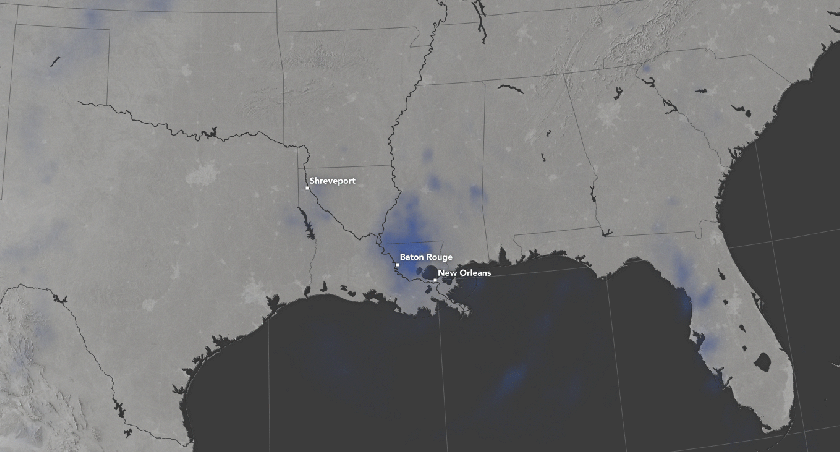“Days of intense rainfall in August 2016 led to widespread flooding in southern Louisiana, as rivers swelled high above their banks and many crested at record-high levels. […] The animation above shows satellite-based measurements of the rainfall as it accumulated over the southern United States. Specifically, it shows rainfall totals every three hours over the span of 72 hours from August 12-14, 2016. These rainfall totals are regional, remotely sensed estimates, and local amounts can be significantly higher when measured from the ground.”
Via earthobservatory


This post may contain affiliate links. As an Amazon Associate, I earn from qualifying purchases.